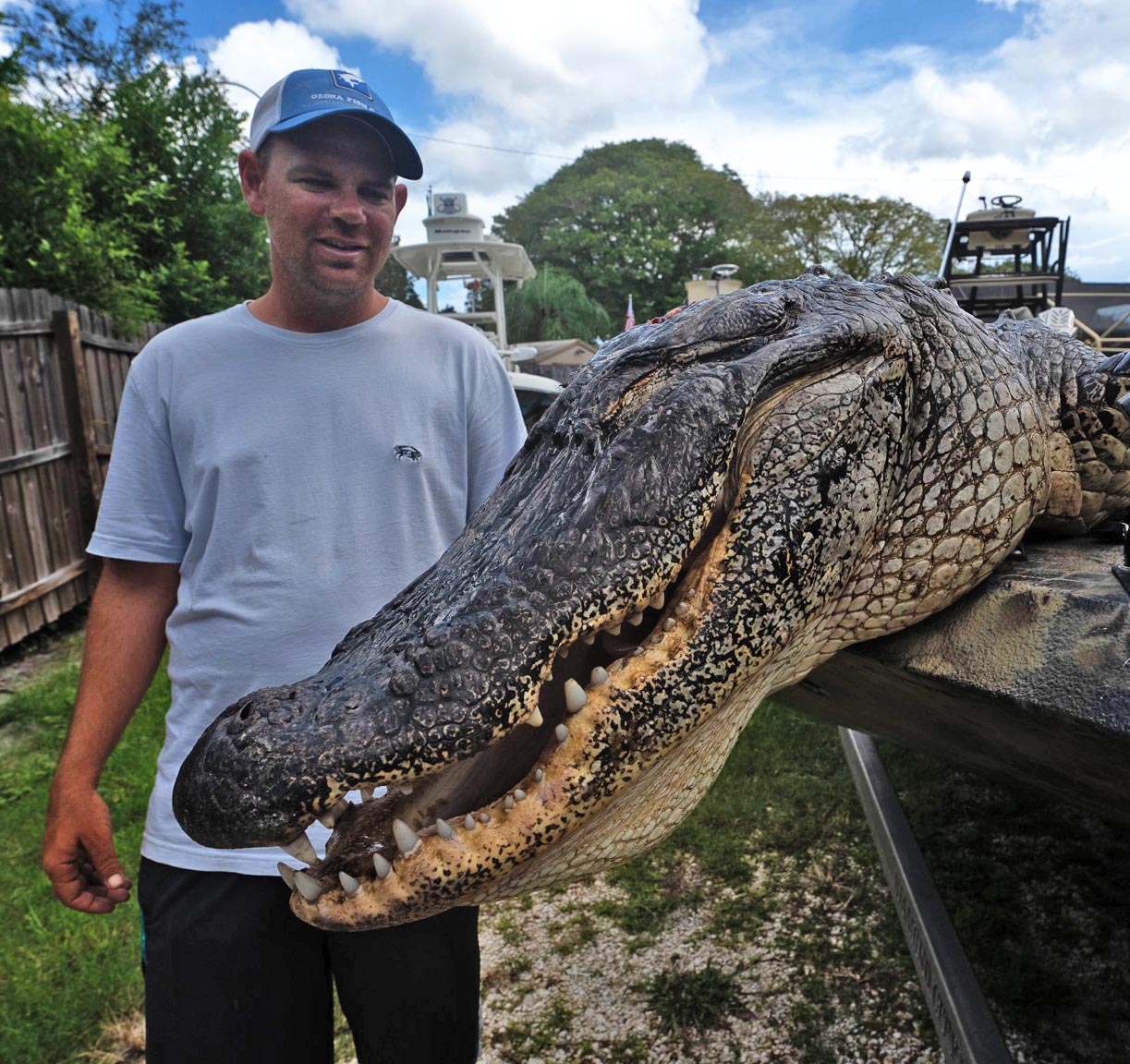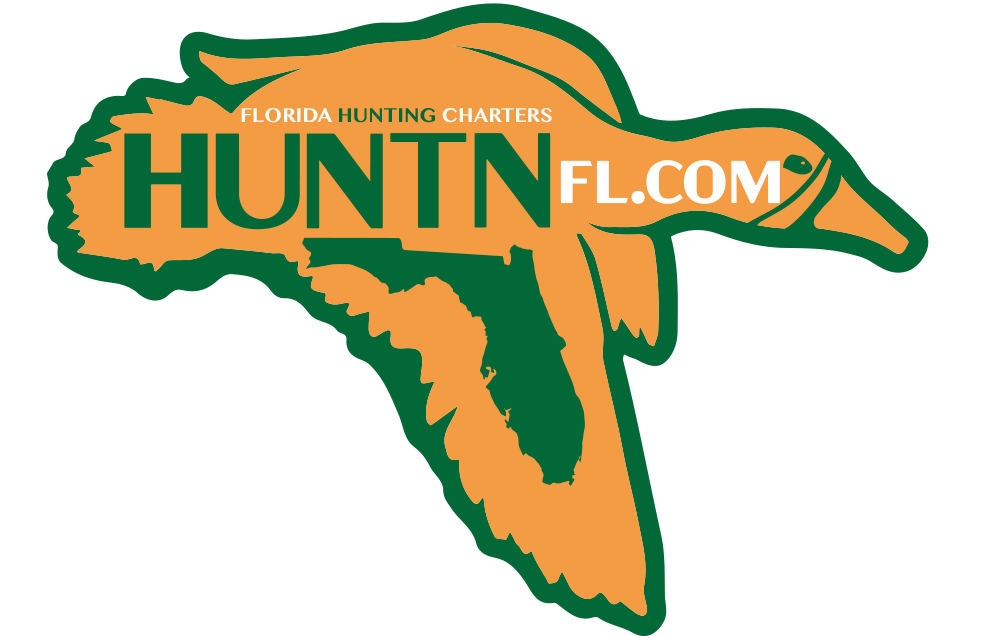Alligator hunting in Central Florida is governed by short, highly regulated seasons, but legal access has expanded. The state’s recent update now allows 24-hour hunting during the public season, and private land tags can be used year-round. These changes have added flexibility, but they haven’t changed the underlying truth: timing still matters. Understanding when gators are most active, how the season is structured, and where to focus your efforts is key to a successful hunt.
Alligator Hunting Season: Timing and Regulations
Florida’s statewide public season generally runs from the third week of August through early November. The Florida Fish and Wildlife Conservation Commission (FWC) issues a limited number of harvest permits each year through a lottery. Permit holders are assigned a specific harvest unit and allowed to hunt within that zone for a defined period.
Until recently, public season hunting was restricted to nighttime hours between 5 p.m. and 10 a.m. That restriction has now been lifted. Alligator hunting is legal 24 hours a day during the official season, opening new windows for spotting and harvesting. The regulation change expands options, but conditions still favor early and late hours, especially during warmer months.
We also hunt gators year-round on private land under our own tag system. These hunts operate independently from the public lottery and give clients an option to book outside the state schedule. They’re especially valuable for those who didn’t draw a tag or want to avoid high-traffic water.
Early-Season Advantage
Despite the new 24-hour rule, early season timing still provides the best odds. Gators are most active in hot conditions and tend to cruise and feed more predictably when water temperatures stay above 80°F. This typically aligns with late August and early September.
Those first few weeks offer warm nights, consistent surface activity, and minimal pressure. Spotlighting remains one of the most effective methods, and gators are easier to spot and pattern before boat traffic pushes them into cover. These conditions are ideal for securing a clean harvest quickly and safely.

Behavior and Movement Patterns in Peak Season
Central Florida’s climate during late summer creates prime conditions for alligator hunting. High humidity, stable barometric pressure, and warm water temperatures support extended activity. Gators spend more time near the surface and in accessible areas like lake edges, open flats, and cuts along marsh banks.
We often target staging areas where gators move between feeding and resting zones. Movement is consistent in the hours before sundown and just after sunrise, but the shift to 24-hour legality allows us to adapt based on how each system is behaving. Light rain, overcast skies, or wind changes can all reset the timing, and we adjust our strategy accordingly.
Trophy Gators and Timing
The largest gators tend to be the most cautious. In the early part of the season, they are more accessible, especially if there hasn’t been pressure in the area. Once disturbed, they move to deeper holes, stay submerged longer, or stop responding to baited lines.
This is why our biggest trophy hunts are scheduled early. We scout these animals in advance, learn their patterns, and move on them when the conditions line up. Waiting too long often means competing with other boats or trying to relocate animals that have already shifted to cover.
Mid and Late Season Considerations
After the first few weeks, activity begins to vary. Cooler nights, wind, or prior pressure can make animals less visible. Gators may only surface for short periods, requiring more glassing, more sitting, and longer distances between attempts.
That said, we continue to run productive hunts throughout the public season. On private land, we manage pressure more tightly, which means some systems stay consistent deeper into fall. These hunts are ideal for clients who missed the early rush or prefer a quieter, slower-paced experience.
The Value of Private Land Access
Our private land hunts operate on exclusive tags and are available year-round. These properties give us access to controlled environments, stable gator populations, and predictable movement. We don’t rely on lotteries or rotating permit zones, and we manage harvest levels closely to maintain quality across the entire calendar.
Private access also means we’re not competing with outside traffic. When a system is producing, we can stay on it until it slows down. For trophy hunters, first-timers, or repeat clients looking for flexibility, this is often the most efficient way to secure a gator without waiting for public tag draws.

Planning Permits and Applications
If you’re applying for your own public tags, we can guide you through the process. Certain lakes consistently produce better results, and some zones are easier to hunt based on boat access, depth, or visibility. We help clients choose units that match their goals, experience level, and schedule.
If you don’t draw a tag or want to avoid the public process entirely, we can book you on a private land hunt at any point in the year. These hunts offer the same level of preparation, scouting, and support, with added flexibility on dates and location.
Legal Methods and Tools
Florida allows several legal harvest methods for gator hunting. These include harpoons, gigs, crossbows, compound bows, snares, and bangsticks. Firearms can only be used once the gator is fully restrained. Most hunts start with spotting and positioning, followed by harpoon or hook deployment, and end with close-range dispatch.
The 24-hour rule gives us more flexibility, but the fundamentals stay the same. We still match our approach to conditions on the water, focus on clean restraint before dispatch, and operate within the same legal methods. All harvest gear is provided unless clients prefer to bring their own.
Environmental Triggers That Influence Activity
Certain conditions consistently influence gator behavior, and we build each hunt around those patterns:
-
Water Temperature: Gators are most active above 80°F. Cooler water slows metabolism and movement.
-
Rain and Pressure Shifts: Light evening rain followed by clear skies often produces the most surface activity. Sharp drops in pressure can also trigger movement.
-
Moon Phase: Dark nights with little moonlight make spotlighting more effective and reduce spook distance. We plan night hunts accordingly.
-
Water Levels: Low water concentrates gators into predictable zones. High water gives them cover and makes pinpointing harder.
Every trip is planned with these factors in mind. We track weather, moon phase, and flow patterns across our hunt areas and adjust when and where we run each hunt.
Gear and Conditions During Peak Season
Central Florida gator hunts are hot, humid, and insect-heavy. We recommend clients come prepared with:
-
Long sleeves and pants for sun and mosquito protection
-
Waterproof boots or waders
-
Reliable headlamps and spotlights with backup batteries
-
Thermacell units or repellent
-
Large coolers for transporting meat or hide
We supply all harvest gear, and we’re happy to walk clients through equipment choices ahead of time if they want to bring personal setups.

Success Rates by Timeframe
While gators can now be hunted at any hour during the public season, success rates still trend around environmental conditions and calendar timing:
-
August: Best combination of size, activity, and visibility
-
Early September: Still productive, with strong movement and lower pressure
-
Late September: Variable conditions, reduced surface time, more scouting needed
-
October: Requires patient setups or private land access to offset slowdown
-
November: Less consistent, but still possible with flexible tactics
On private land, we maintain stable success rates across a much broader timeframe by managing access and limiting overpressure.
How Central Florida’s Alligator Season Sets the Pace for Success
Florida’s alligator season now offers more flexibility than ever. Public land hunts are no longer limited to nighttime hours, and private land tags allow for year-round harvests. These changes expand opportunity, but timing, preparation, and local knowledge still separate a successful hunt from a wasted effort. Hunters who understand how regulations, weather, and gator behavior interact are the ones who consistently see results. The most productive stretch still comes early in the public season, when water is warm, pressure is low, and movement is predictable. Once temperatures drop or activity shifts to deeper cover, clean opportunities become harder to generate.
We plan well in advance of the first tag being issued. Movement zones are already mapped, water access is dialed in, and mature gators have been scouted. That level of prep lets us act when the conditions line up and change course quickly when they don’t. It also allows us to run a tighter schedule. We do not hunt every water just because it is open. We hunt where the gators are, when they can be taken cleanly, and with a clear plan going in.
For clients who draw public tags, we offer help selecting lakes that align with both success rates and practical access. For those who do not draw or prefer to avoid the lottery entirely, our private land hunts run all year on managed properties with exclusive tags. These hunts are fully guided, just as dialed in, and available outside the seasonal rush.
The most productive dates are limited, and we book them well ahead of time. If you’re planning to hunt alligator in Central Florida and want a focused, proven system that puts you on the right water with the right team, book your trip with Huntn’ FL.

